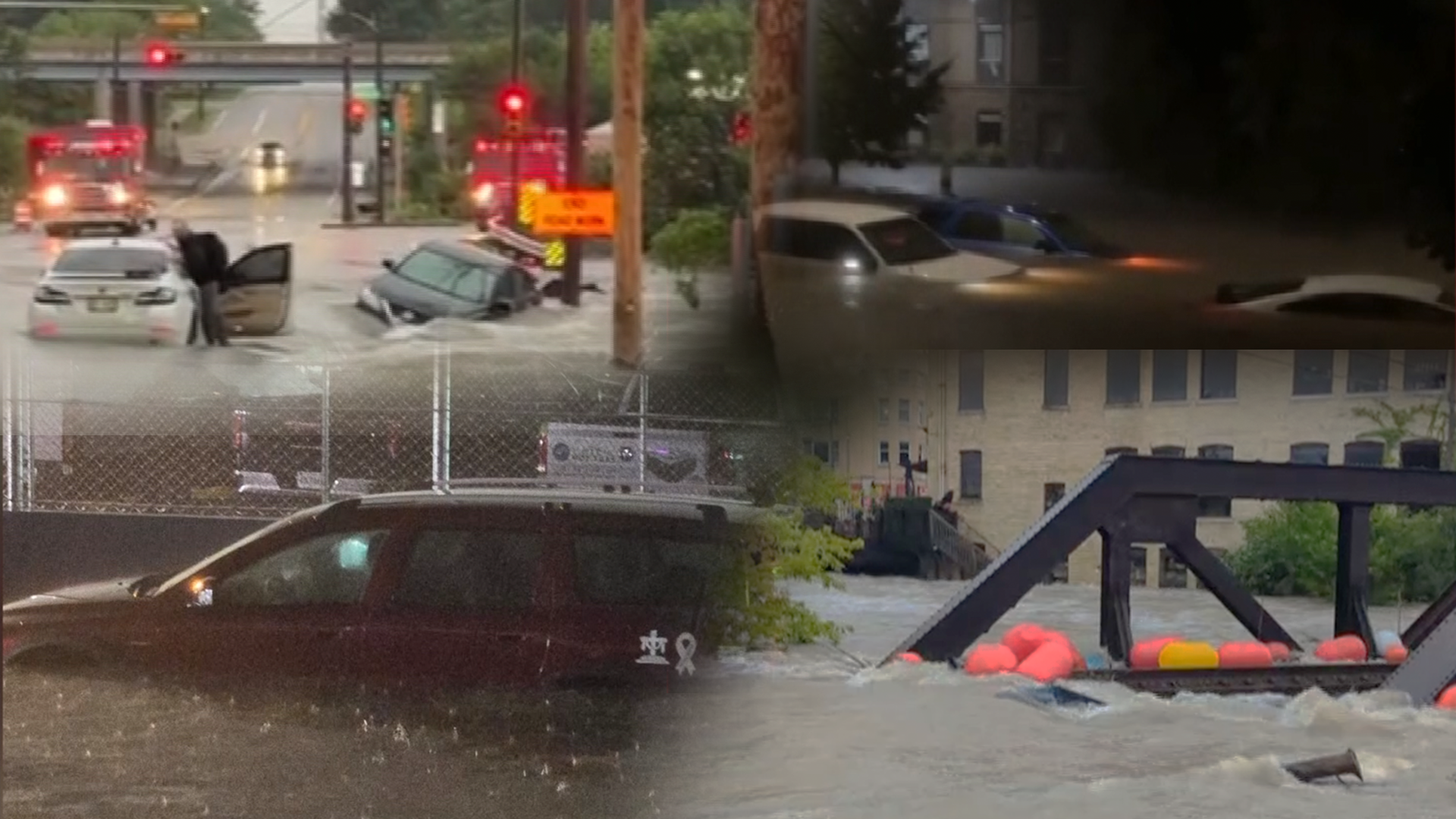With the Federal Emergency Management Agency (FEMA) in the state on Thursday, many people are asking TMJ4 when the federal government will help them recover from the disaster.
First, here’s a look at how we got here
- On August 11, Wisconsin Governor Tony Evers declared a state of emergency after historic floods hit Southeast Wisconsin.
- On August 13, the state of Wisconsin requested assistance from FEMA to respond to the flooding.
- On August 19, the full Wisconsin Congressional Delegation requested FEMA complete an expedited Joint Preliminary Damage Assessment (PDA)
- On August 21, PDA teams arrive in Wisconsin.
Here's what people who are impacted need to know.

The short answer, a federal disaster declaration is not guaranteed. The state is currently in the early stages of the process with the federal government.
The PDA started on Thursday.
Watch: TMJ4's Charles Benson speaks with FEMA representative
So, what is a PDA?
Local governments, agencies, and FEMA form a team to conduct the assessment. They will tour the impacted area to see the extent of the disaster and how the disaster has impacted people and buildings.
The teams will also determine the types of federal assistance that may be needed.
If your home is not assessed during the visit, it does not mean that you won't be eligible for assistance at a later date.
What’s next
The information gathered is included in the Governor’s FEMA request to show that the Historic Wisconsin Flooding is so severe that an effective response is beyond the capabilities of the local governments and the state. And that federal assistance is necessary.
Here’s an overview of how a disaster is declared by FEMA.

Source: Federal Emergency Management Agency & Wisconsin Department of Military Affairs
1. Disaster Strikes.
2. State of Emergency: state identifies a disaster within 30 days of the incident
3. Preliminary Damage Assessment (PDA): State and FEMA teams assess damage and interview affected people
4. Government officials review the damage and determine the extent of the disaster and its impact
5. The governor decides if the state has enough resources to respond to the disaster
6. If not, they determine the type and amount of federal assistance they need
7. Damage Report Submission: The state submits a major disaster declaration request
8. Federal Review: FEMA evaluates damage reports and determines eligibility for federal assistance
9. Presidential Disaster Declaration: If criteria are met, the President approves a disaster declaration
10. Federal Assistance Available: Aid is provided to individuals, businesses, and communities as authorized.
Here’s what you can do now as the state and federal government review the disaster.

- Take photos of your damaged home and belongings for your own records.
- Make a list of damaged or lost items and save receipts, which may be helpful when working with your insurance, discussing your losses with a FEMA inspector, or if financial assistance becomes available.
- If you need to search for shelters near you, text SHELTER and your ZIP code to 43362. For immediate needs, call 2-1-1.
Reporting flood damage
- Residents with flood damage are strongly encouraged to report it to 2-1-1. Doing so helps match you with recovery services, ensures eligibility for future financial assistance, and provides vital data for local response efforts.
- To submit a report, call 2-1-1 or file online.
Safety reminders
- Anyone coming to your home to assess damage will introduce themselves and show official credentials.
- For your safety, always verify IDs or badges before letting anyone inside or sharing personal information.
Reporting suspected fraud

- If you are unsure or uncomfortable, keep your door closed and contact local authorities.
- You can also report suspected fraud by emailing StgopFEMAFraud@fema.dhs.gov or calling 866-223-0814.
It’s about time to watch on your time. Stream local news and weather 24/7 by searching for “TMJ4” on your device.
Available for download on Roku, Apple TV, Amazon Fire TV, and more.




